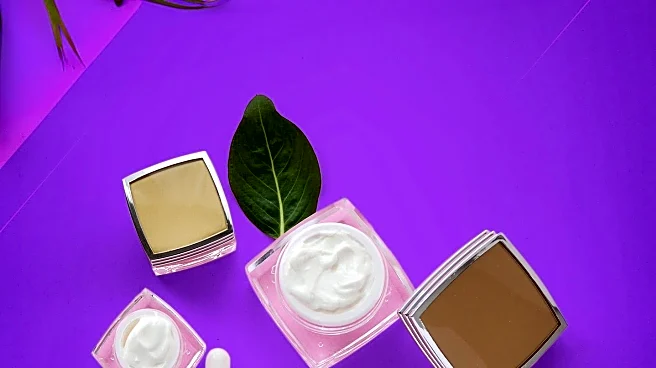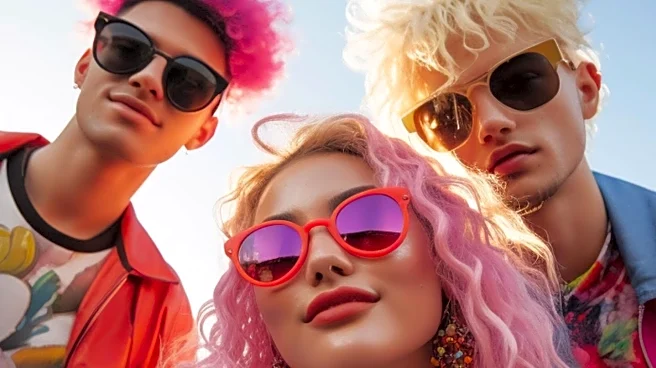What's Happening?
Sephora employees have expressed concerns about the increasing number of tween shoppers influenced by social media trends, leading to chaotic shopping experiences and potential dermatological risks. The phenomenon, known as 'Sephora kids,' involves preteen children purchasing high-end beauty products, often unsupervised, driven by content from beauty influencers. This trend has resulted in incidents where young shoppers misuse products, causing skin reactions. Despite Sephora's attempts to distance itself from marketing to this demographic, the influence of social media continues to drive sales among households with tweens and teens. The situation is exacerbated by the lack of clear labeling on products, making it difficult for parents to discern appropriate choices for their children.
Why It's Important?
The trend of young shoppers influenced by social media highlights the impact of digital content on consumer behavior and the challenges faced by retailers in managing this demographic. The pressure to conform to beauty standards seen online can lead to overconsumption and misuse of products, posing health risks to young users. This issue underscores the need for clearer product labeling and education on safe skincare practices for children. It also raises questions about the ethical responsibilities of beauty brands in marketing to young consumers. The phenomenon reflects broader societal concerns about the influence of social media on youth and the importance of fostering healthy self-image and consumer habits.
What's Next?
Potential legislative actions could address the sale of certain beauty products to minors, as seen in attempts by California assemblymember Alex Lee to introduce bills restricting sales of products with harsh ingredients to children. Retailers may need to implement stricter policies and educational initiatives to guide young shoppers and their parents in making informed choices. The beauty industry might face increased scrutiny and pressure to develop products specifically designed for young skin, balancing marketing strategies with ethical considerations. As awareness of the issue grows, there may be calls for greater transparency and accountability from beauty brands in their marketing practices.
Beyond the Headlines
The cultural implications of young consumers engaging with high-end beauty products reflect broader societal trends in consumerism and the influence of digital media. The phenomenon raises questions about the role of social media in shaping youth identity and the pressures faced by children to conform to unrealistic beauty standards. It also highlights the need for critical media literacy and education on the impact of advertising and influencer content. Long-term shifts could include changes in how beauty brands approach marketing to young audiences, prioritizing ethical considerations and consumer education. The issue also underscores the importance of parental involvement in guiding children's interactions with digital content and consumer products.











